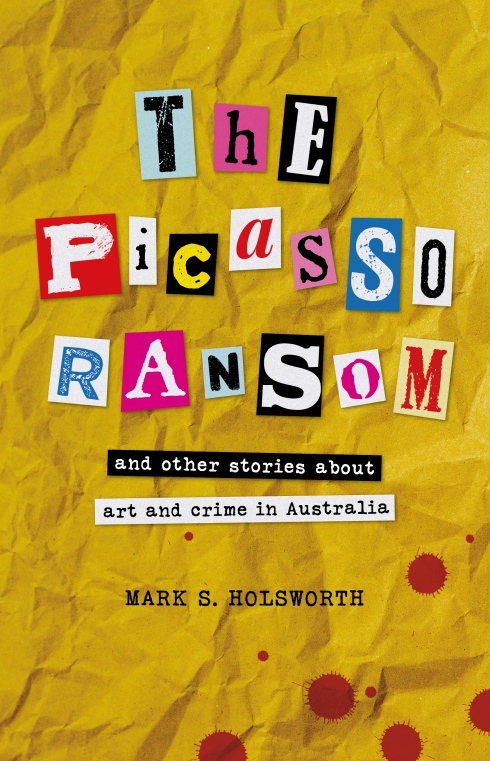Seeing a cosplay photography session in Keitakuen Garden in Osaka was super-kawaii. What I saw was a collaborative cultural practice between the cosplayers, photographers, and gardeners as the garden provided the final collaborative element in this cultural practice. I have long wanted to write about cosplay and other para-artistic cultural practices but until recently I didn’t have the right opportunity (or my own photographs which essential for a blog post).

When I visited Keitakuen Garden on a Sunday, the first day of December, it was a warm sunny day and there were about twenty people in costume. There were a few older people, enjoying in the scenery of the garden and the presence of cosplayers, but the cosplayers and their photographers were majority of people using the garden. In the garden’s pavilion an older man sketching of the view in brush and ink.
The garden, designed by Jihei Ogawa, was part the Sumitomo main residence and is a designated important cultural property. It is a man-made landscape, a circular garden with central pond that provided many varied backdrops for the photographers and cosplayers.
The cosplayers had fantastic costumes, along with wigs, props, make-up and stacks of bags for all this stuff. Their poses were static, frozen positions for even in action poses, as if posing for a drawing and not a photography.
Many of the female cosplayers were portraying male characters, complete with foam or latex male chest parts, but this was more Takarazuka Revue (which, like cosplay, is manga influenced) than a drag-king.
Almost all the cosplayers were women; there was one man in costume who was also a photographer. The gender of the photographers was more varied, as was there standard of equipment. Some were also participants using cell phones but there were also photographers with a very professional set-ups with tripods and light reflectors.

I didn’t recognise any of the characters but then I know very little about Japanese manga. Was the woman in the dark kimono a cosplayer?
It raises the question, are all people that I saw in kimonos (or hanboks in Korea), engaged in a kind of cosplay? And, consequently, are all people in tradition clothing/wedding costumes also engaged a collaborative culture practice that closely resembles cosplay? These questions present new angles on old questions. Does cosplay empower or exploit those involved? Does it expand the possibilities of life or narrow them?

I saw some more cosplayers a week later at the Chiba Prefectural Open-Air Museum Boso-no-Mura. There was even a “Cosplay Center” there, although I’m not sure what they were providing besides renting out kimonos and ninja suits.













